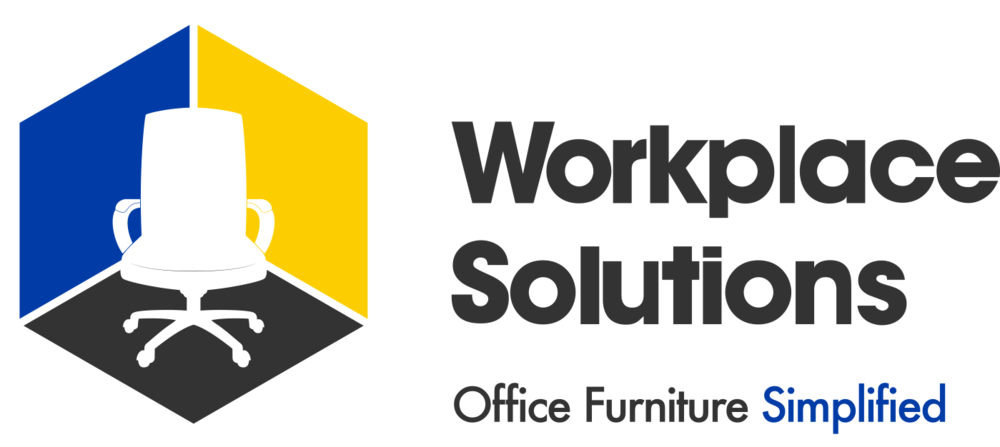In June, new cases of COVID-19 had dipped nationwide to some of their lowest numbers since the pandemic began. During that month, the staffing, recruiting and culture firm LaSalle Network asked 350 business executives about their plans to return to the office.
At that time, 74% of companies said they expected to bring employees back to the office by fall 2021. Then, the delta variant of COVID-19 hit, and new case numbers began to climb again.
“It’s a tough moment in time,” says Lindsay Jurist-Rosner, CEO of Wellthy, a company that helps employees and families coordinate care for aging, disabled or ill loved ones. “Companies want people to return to the office … but employees have concerns.”
There is also an understanding that some employees don’t want to delay their return to the workplace. “Some people need to get into an office because their remote work situation is challenging,” says Scott Redfearn, executive vice president of global consulting firm Protiviti.
Here are some strategies being used by employers to ease the transition back to the workplace.
Ongoing communication
Focus on health and safety
Hybrid work schedules
New office design
More benefit options
On-site child care
More flexibility for the future
Ongoing Communication
Communication is key to helping workers prepare to return to the office, according to Julie Genjac, managing director of applied insights for investment firm Hartford Funds. “Individuals are going to need processing time,” she says.
During the past 18 months, many people have made significant lifestyle changes from moving to a new location, downsizing a vehicle or adding a child. For a successful return to the office, companies need to provide employees with clear information about their timeline and expectations for the future.
Focus on Health and Safety
For workers to feel comfortable returning to the office, companies need to place an emphasis on health and safety, not only for their workers but for clients and customers as well, Redfearn says.
That concern extends beyond physical health and encompasses mental and emotional health as well. “We’re seeing companies do a lot of progressive things,” Jurist-Rosner says.
While businesses have historically focused primarily on benefits and programs that apply to a majority of workers, they are now looking for ways to assist specific segments of their workforce. That may include the use of employee resource groups, which can serve as peer networks, and diversity, equity and inclusion initiatives.
Hybrid Work Schedules
Some businesses expect remote work to continue, to some extent, after the pandemic ends. They may allow people to work from home a few days of the week or even a few weeks of the month.
“People used to have a reason for why they wanted to work from home,” Redfearn says. They may have needed to go to an appointment or watch a sick child. Now, he says, workers may be asking themselves why they need to go to the office.
Even in industries such as finance, where personal meetings were often the norm, some professionals may prefer to hold video conferences instead. “It’s become an acceptable mode of communication,” Genjac says.
New Office Design
In an effort to improve collaboration, some employers have taken down cubicle walls and embraced open floor plans. However, those might be changing once workers return to the office.
“Companies are beginning to look at reconfiguring workspaces,” Redfearn says. That doesn’t necessarily mean an end to open offices, but employers may look for ways to increase space between workers.
More Benefit Options
Some companies are changing their benefits in response to the COVID-19 pandemic. Protiviti, according to Redfearn, has adjusted its policy to allow unused vacation time to roll over. Meanwhile, Jurist-Rosner says some companies are adding Wellthy’s telecare services to their benefits to take some of the burden off employees who are also caregivers.
However, an even more significant change may be in how employers approach the needs of working parents. “If you’re a parent with young children, you have to have care,” says Maribeth Bearfield, chief human resources officer for Bright Horizons, which provides care services for approximately 1,100 global employers.
She explains businesses may offer their workers a range of care benefits including back-up care, crisis care for emergencies and even at-home care, including tutoring. “It’s really companies leaning in and asking, ‘How can we help our working parents?'” Bearfield says.
On-Site Child Care
Some companies take care assistance a step further and open on-site child care centers. “I do believe having child care right on the premises makes an amazing difference,” Bearfield says. It can simplify the before and after work routine for employees and may boost productivity by providing parents peace of mind.
It’s not only large employers that are opening these facilities, either. Bearfield points to the biotech company Recursion in Salt Lake City as one example of a smaller business that has decided to offer child care on-site. The company employs approximately 300 workers and sees the addition of child care as a way to support parents who want to remain in the workforce.
More Flexibility for the Future
Moving forward, many don’t expect workplaces to return to the pre-pandemic status quo. “I do not think there is any going back to the way it was before,” Redfearn says. “What we have heard loud and clear from our workers is that they want choices.”
That could mean hybrid schedules and new benefits are here to stay. What’s more, companies need to remain nimble to respond to the changing face of the COVID-19 pandemic. To that end, Jurist-Rosner notes, “We are seeing some companies push back their come-back dates.”

